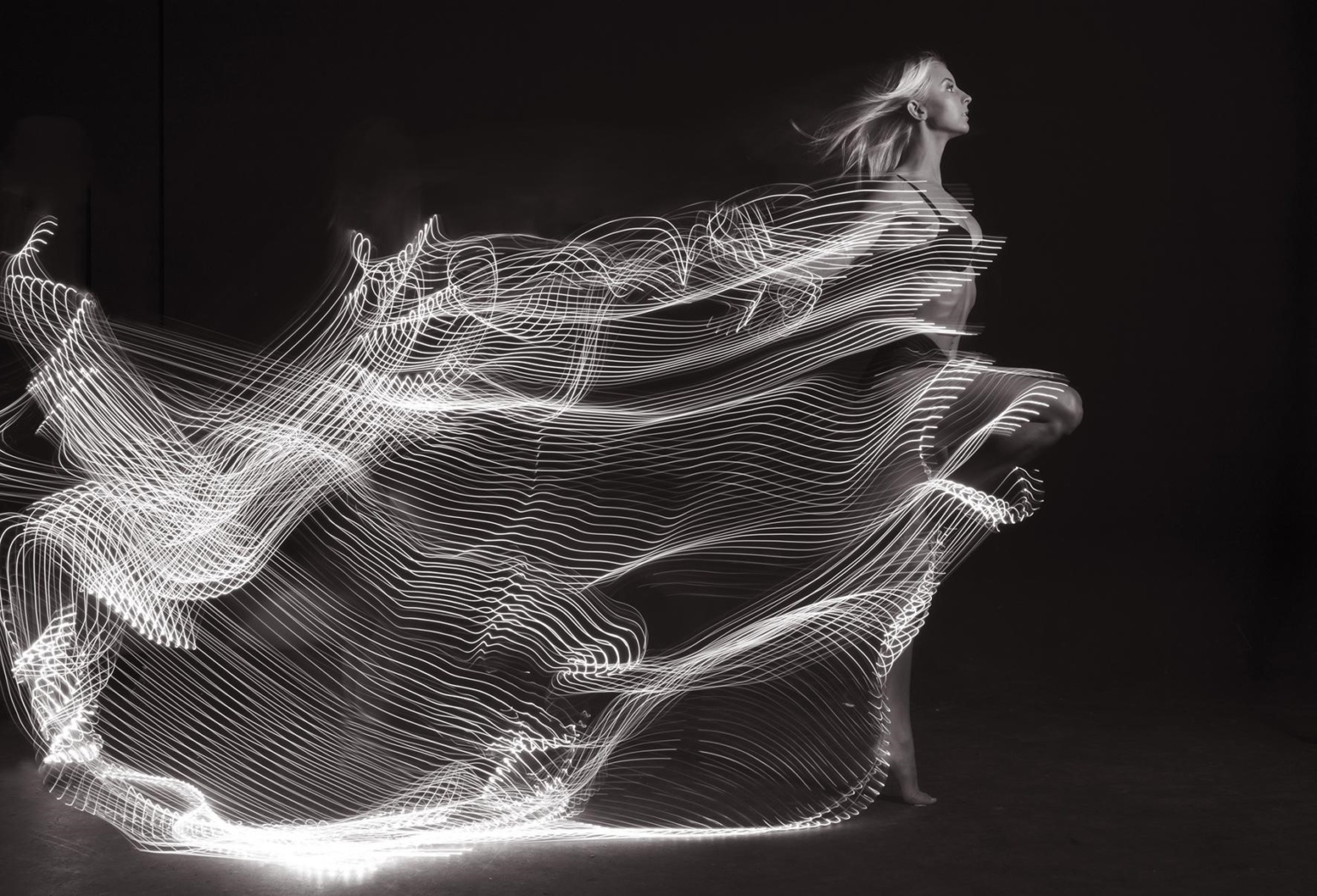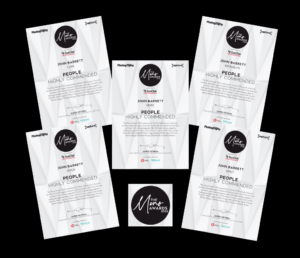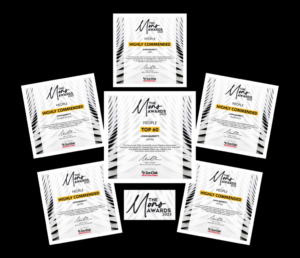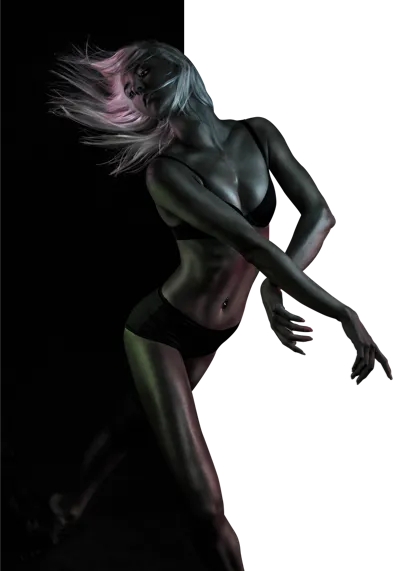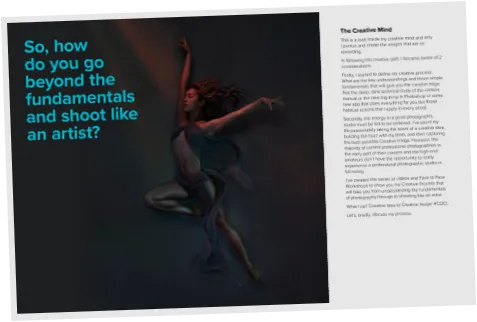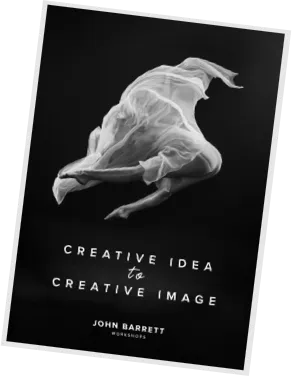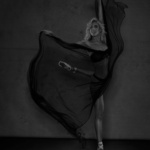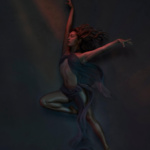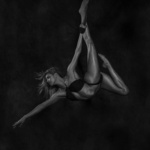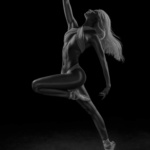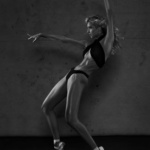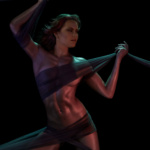In the world of photography, mastering the art of shutter speed is like a musician finding the perfect tempo for a piece. It’s a fundamental component that sets the tone of your image, capturing moments in time with personality and flair.
In this article, we’ll delve into the world of shutter speed, exploring how it works with aperture to affect exposure, motion, and the overall character of your photographs. Whether you are an aspiring photographer, both new professionals and high-end amateurs, this guide aims to sharpen your skills and inspire your creativity.
What is Shutter Speed?
Shutter speed is a critical setting in photography, dictating the length of time the camera’s shutter remains open and thereby controlling the amount of light that reaches the camera sensor. In essence, it defines how long your camera spends capturing a single photograph. It is measured in fractions of a second, so 1/2 means the shutter opens for half of a second, while a faster speed of 1/1000 means it only opens for one-thousandth of a second.
When you opt for a long shutter speed, also referred to as a “slow” shutter speed, the sensor is exposed to light for an extended period. One of the most noticeable effects of this is motion blur. For instance, when photographing moving subjects with a slow shutter speed, they will appear blurred in the direction of their motion.
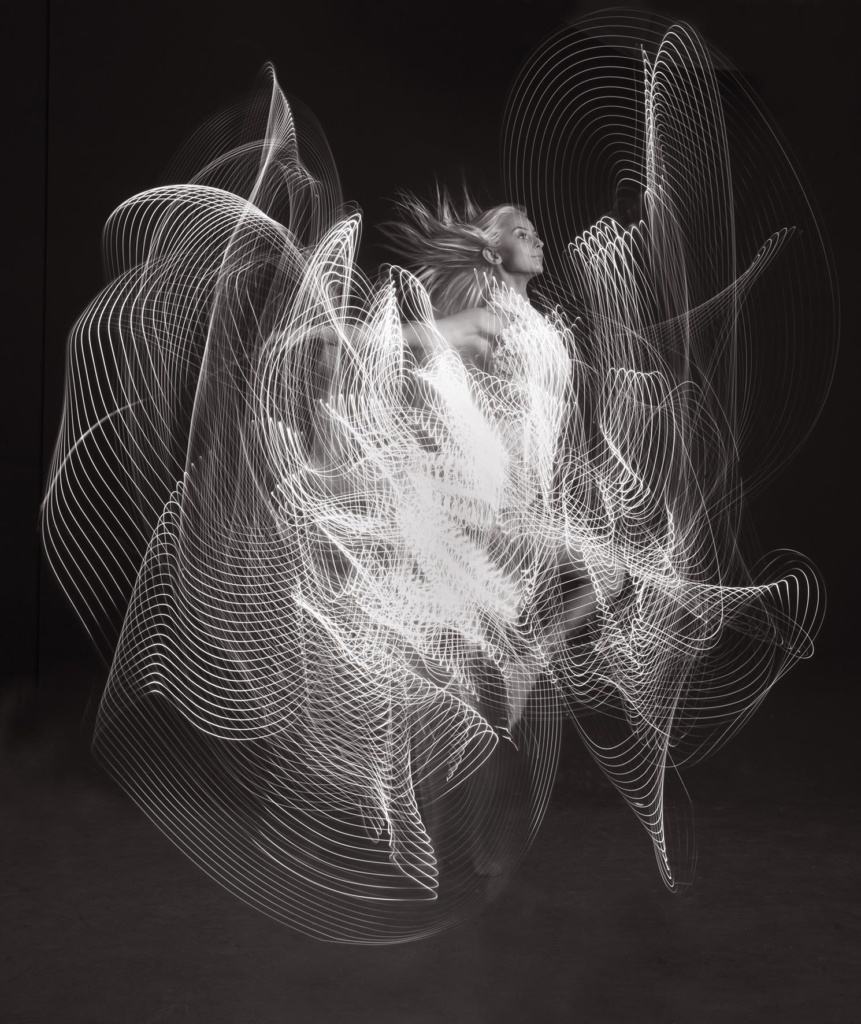
Slow shutter speeds aren’t solely for capturing motion; they are also instrumental in low-light photography, such as shooting stars at night or capturing stunning landscapes with a mystical, flowing effect on rivers and waterfalls. For such shots, photographers often use a tripod to keep the camera stable, ensuring that stationary elements in the frame remain sharp and clear, even as the water or other moving elements become a silky blur.
Conversely, fast shutter speeds have the power to freeze motion, acting as a temporal slice that captures an instant in time with remarkable clarity. This is invaluable when photographing fast-moving subjects, like birds in mid-flight or athletes in action. When you employ a fast shutter speed to photograph a scene with splashing water, for example, each individual droplet appears suspended in mid-air, sharply defined in a way that often eludes the naked eye.

Shutter speed is a vital tool in a photographer’s arsenal, offering a way to artistically manipulate time and motion, thereby profoundly influencing the mood and story of a photograph. Whether it’s the serene stillness of a frozen moment or the dynamic energy of motion blur, shutter speed is central to crafting the visual narrative that the photographer wishes to convey.
Aperture and Shutter Speed
Aperture and shutter speed are two of the three pillars that form the Exposure Triangle in photography, the third being ISO. These settings are fundamental to understanding exposure and are key in defining the look and feel of your photographs. Let’s delve into how these two aspects interact and complement each other to create the perfect shot.
Aperture, measured in f-stops (e.g., f/2.8, f/8, f/16), controls the size of the opening in the lens through which light passes into the camera. A lower f-stop means a larger aperture, allowing more light to hit the sensor, resulting in a brighter image. This setting plays a vital role in controlling depth of field, which is the range of distance in a photo that appears sharp.
A lower f-stop (wider aperture) results in a shallow depth of field, where the subject is in sharp focus while the background is blurred, sometimes known as ‘bokeh’. This is especially useful for portraits and macro photography where you want to isolate the subject from its surroundings. Conversely, a higher f-stop (smaller aperture) results in a deeper depth of field, meaning both the foreground and background are in focus – this is sometimes referred to as ‘deep focus’. This is typically used in landscape photography where clarity throughout the entire scene is desired.
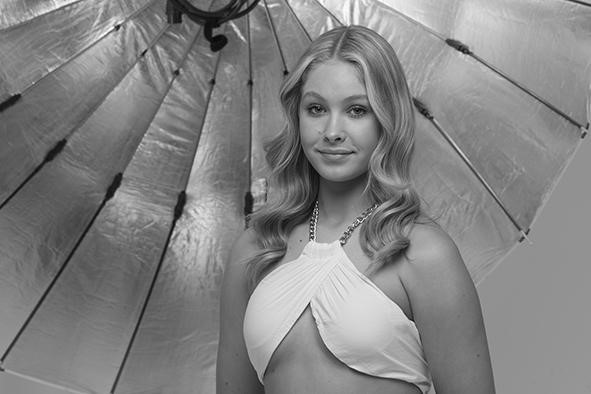
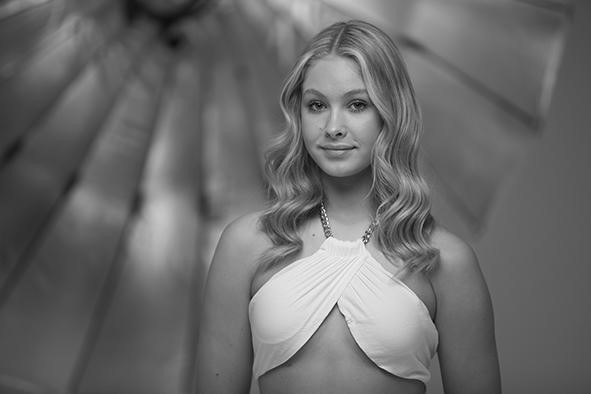
Shutter speed, as discussed, is the length of time the camera’s shutter remains open, allowing light to reach the sensor. Fast shutter speeds (e.g., 1/1000 sec) freeze motion and are essential when shooting fast-moving subjects. Slow shutter speeds (e.g., 1/15 sec) allow for more light to reach the sensor and can capture the beautiful blur of movement, which is useful in low light conditions or for creative effect.
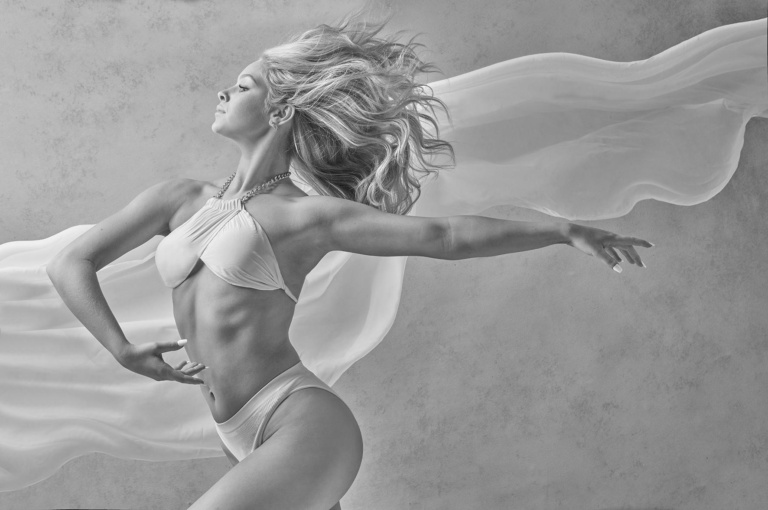
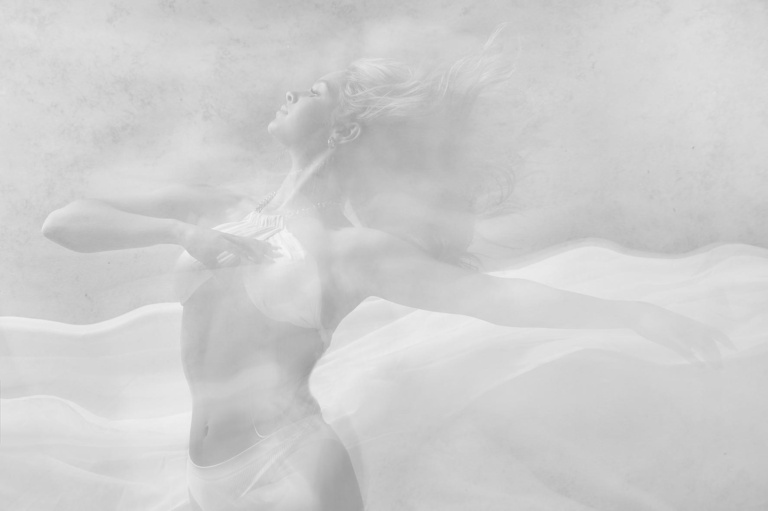
Here’s where the harmony between aperture and shutter speed becomes essential:
Balancing light: If you choose a fast shutter speed to freeze motion, you might not be letting in enough light to get the right exposure. This is where your aperture comes into play: by widening it (lower f-stop), more light can reach the sensor, balancing the fast shutter speed. The inverse is true when a slow shutter speed is chosen.
Creative control: Say you’re taking a portrait and you want a beautifully blurred background (shallow depth of field) using a wide aperture (e.g., f/2.8). To avoid overexposure due to the large amount of light coming in through the wide aperture, you might need to use a faster shutter speed to limit the light hitting the sensor.
Sharpness and stability: In low light conditions, a wide aperture (low f-stop) can allow more light to hit the sensor, enabling you to use a faster shutter speed than you otherwise could. This is important to avoid camera shake, which is a common problem at slow shutter speeds.
Aperture and shutter speed are inseparable partners in photography. They work in harmony to control the exposure of your photos, but also offer creative control over depth of field and motion. Mastering the balance between them is a foundational skill for every photographer, empowering you to adapt to varying lighting conditions and to manifest your artistic vision with precision and flair.
Learn More About Shutter Speed with John Barrett
Whether you are an aspiring photographer, or a seasoned professional seeking to refine your skills, further education under a knowledgeable mentor can make all the difference. For those looking to deepen their understanding and practice of these techniques, John Barrett offers a range of photography courses that are tailored to meet the needs of photographers at every level of experience. His courses, available both online and in-person on the Gold Coast, provide hands-on, expert guidance, honed through years of professional experience. Learn how to become a great photographer today!
